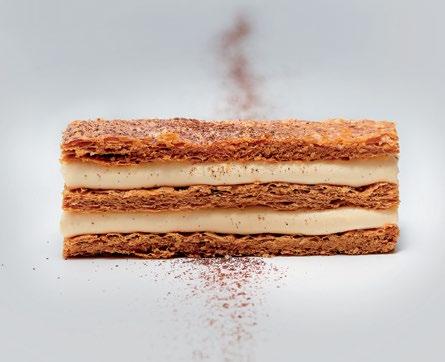
5 minute read
HAUTE MOVES
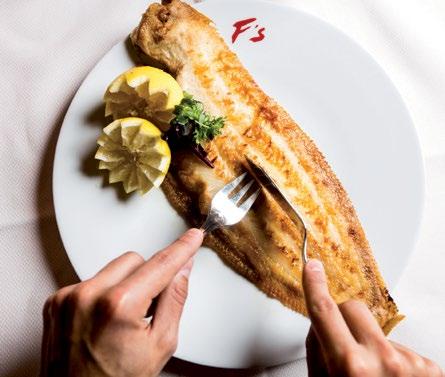
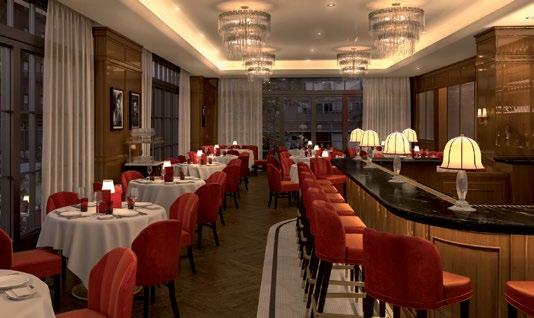
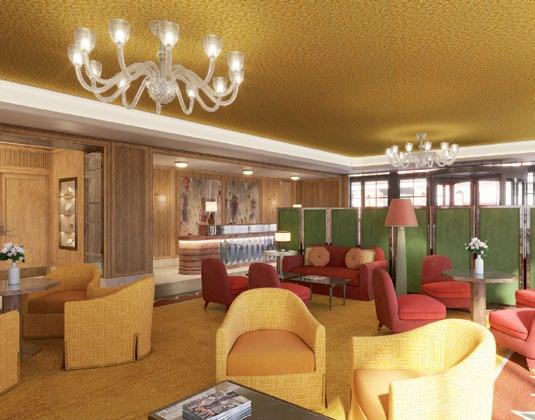
(Clockwise): The lobby lounge and restaurant at Hôtel Barrière Fouquet’s New York, as well as the eatery’s Mille cake and fillet de sole.
restaurateur parents. His career trajectory is as storied as they come, starting as an intern of legendary chef Paul Bocuse at age 15, followed by an apprenticeship at 24 with chef Alain Sendernes of Paris’ Lucas Carton. Two years of hitchhiking from Quebec to Acapulco later, he returned to his family’s restaurant, Le Clos Fleuri, near Saint Etienne, and took over the kitchen, earning his first Michelin star in 1976, and later, two Michelin stars for his first solo venture in 1981, and three Michelin stars in 1992 for his second restaurant.
Yes, his pedigree is truly exceptional. But then, Gagnaire was one of the first chefs in the world to embrace the idea of food as art, even collaborating with French chemist and professor Hervé This (a founding father of molecular gastronomy) to co-found the fine dining experience known as “Note à Note,” which was billed as the world’s first dish made entirely of pure compounds.
It is innovations like this that earned Gagnaire the title of “World’s Best Chef” in 2015, an epithet he harumphs at now. “You are never the best chef!” he poo-poos. “I have had three Michelin stars in many restaurants around the world, from Paris and Tokyo to Seoul and Shanghai. But just because I have these stars doesn’t mean I stop trying. You must work. If you don’t work, you are dead.”
That explains why he continues to work so very, very much, roving around the world to help his culinary families excel. But when you’re born to do something, it’s not work, right? It’s effortless. He says as much now. “My system is easy,” he swears. “I’m very involved in the kitchen. I write all the menus, and try to control everything that is done. I can’t be in every kitchen because it is impossible, but each chef must explain to me how he thinks, how he makes things. For me, when you work, you are never alone. It is a family, a team. We work honestly and passionately, and know that it is okay to make mistakes. My phone is always on. They can call me when they want; I’m here. And I do think the key to my credibility is the connection I have with my chefs.”
But the key to his creativity? That’s a different story. “Silence,” he says. “That’s what I crave, and it’s a luxury because it’s so hard for me to be alone, to be creative, when I’m surrounded by noise.”
That being said, “quiet” is a word that certainly does not apply to New York. Still, it’s his happy place, and who am I to question happiness? (Especially when his happiness is so precise: peace, quiet, and a glass of Bourgogne aligoté from Jean-Marc Roulot.)
Still, New York is his dream, and his dream has finally become a reality. There’s beauty in that. Which is why, when he says, “I feel privileged to participate in this adventure,” I understand him completely.
And noise be damned.
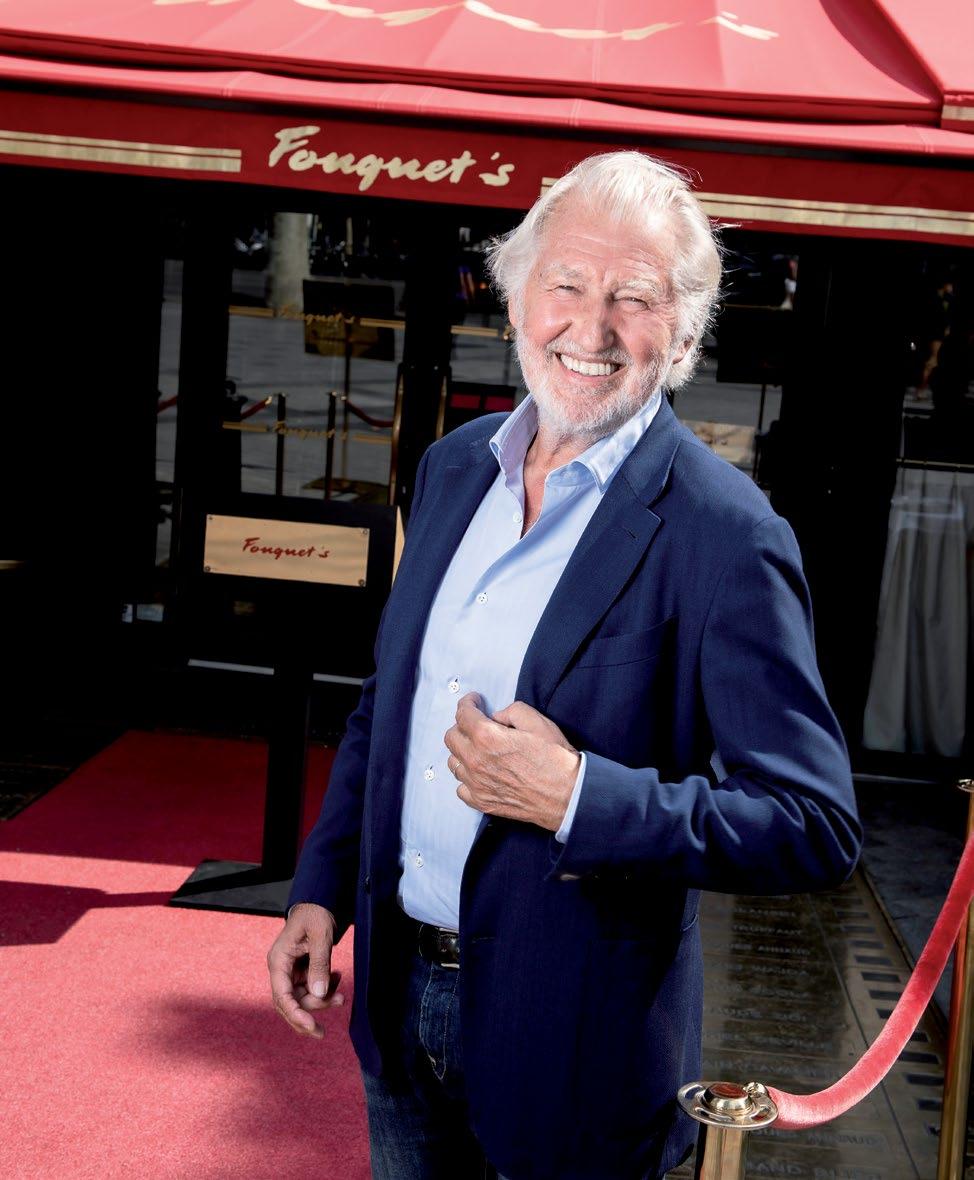
Maserati Ghibli Trofeo
Bravissimo!
BY TIM LAPPEN
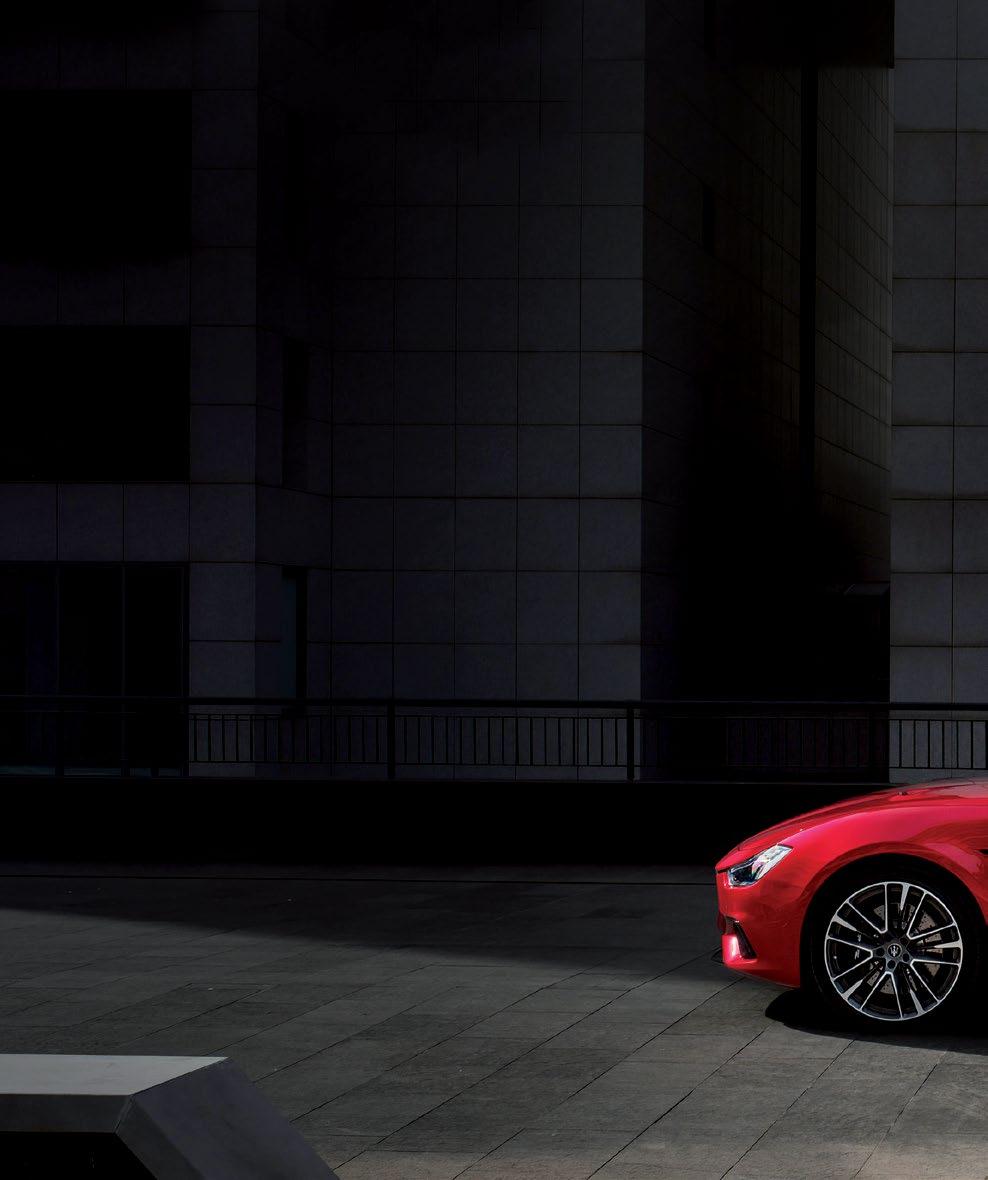
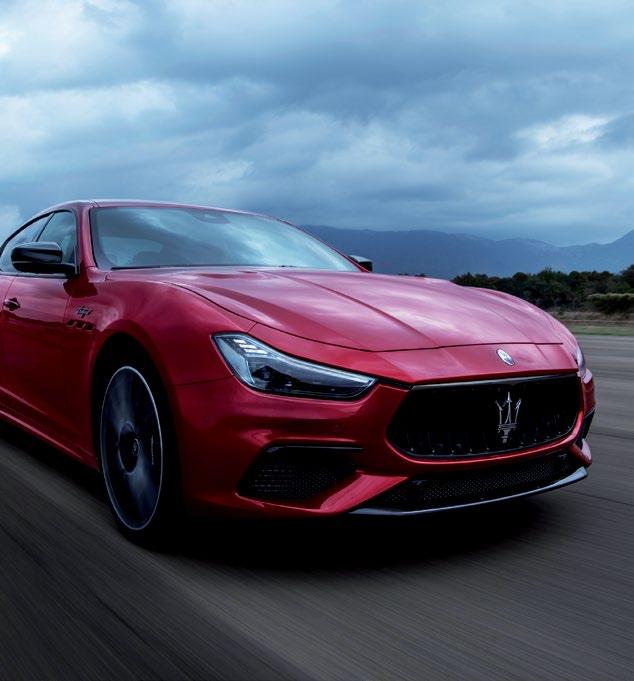
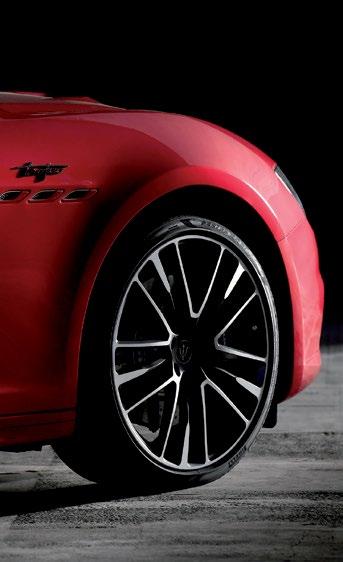
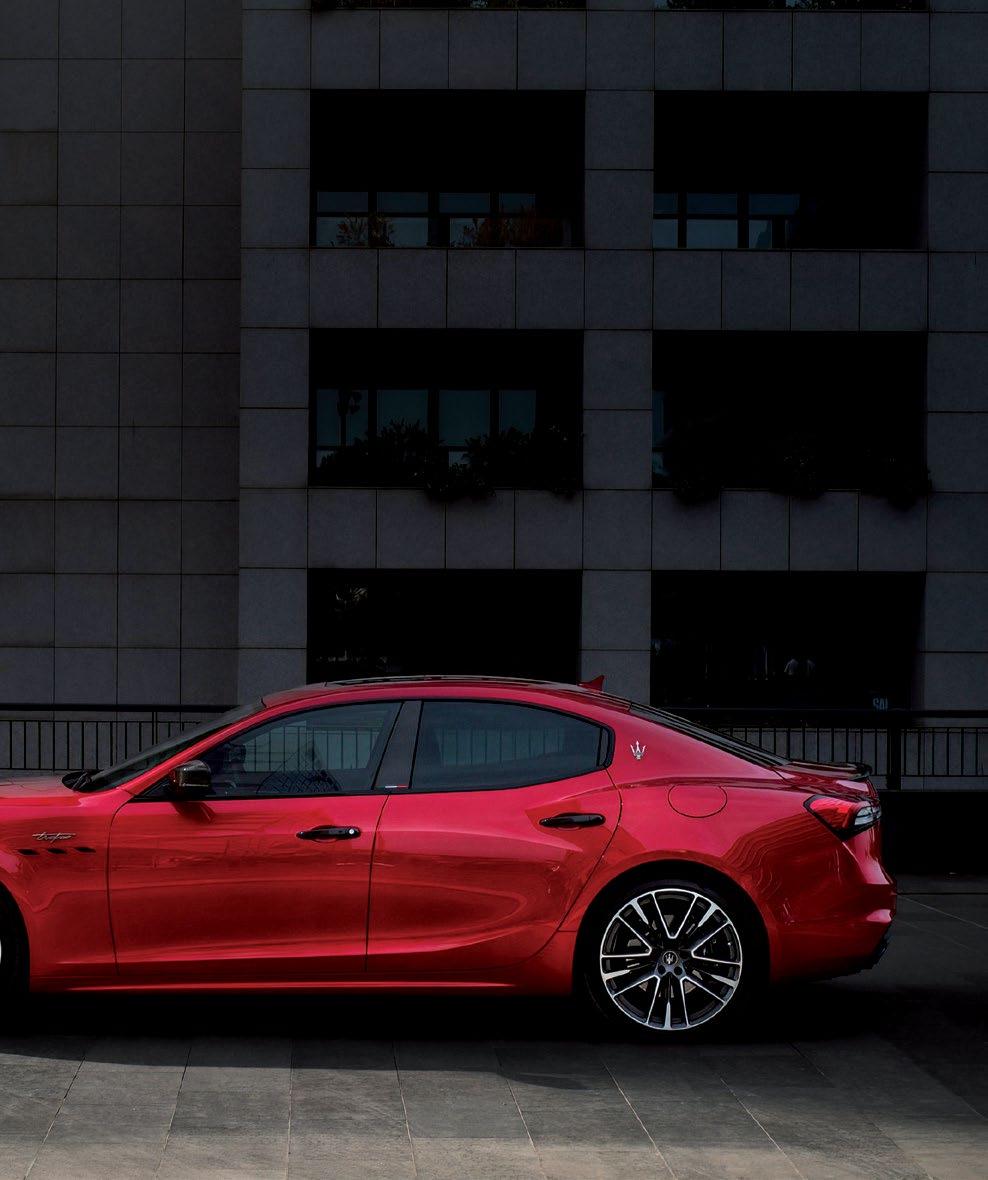
WHEN I WAS OFFERED A WEEK WITH THE MASERATI GHIBLI TROFEO, I didn’t immediately jump at the chance. I knew that the Ghibli was the younger sibling of the Quattroporte, and thought that it must be an underpowered, weaker family member. Boy, was I wrong.
The Ghibli — the smaller of the two four-door sedans in the Maserati family — is named after a strong, hot desert wind in Libya, also called a sirocco. This Maser comes in four flavors, with varying degrees of power and an increasing base price (see chart below).
The Trofeo (“Trophy”) model is clearly the most robust Ghibli in terms of competence and performance. The twin-turbo V8 engine has 538 lb-ft of torque, sufficient for even the most jaded to experience excitement. The eight-speed automatic transmission can also be operated via the paddle shifters, which is my preference. I especially like the throaty sound of the exhaust coupled with the g-force produced on acceleration.
While not too dissimilar in appearance from the other Ghiblis, it does have some special tri-color badging, a blacked-out grill, and carbon fiber at the front splitter and the front intakes. The V8 needs more air for breathing than the V6, so the Ghibli hood provides open vents, another distinguishing detail. The system is clearly effective, as I had no overheating problems during my time with this special car. It drove like a dream everywhere I went — not just to the grocery store or around for errands, but also so on some freeway runs and even up to Mulholland Highway.
On top of the base price, “mine” (for the week) had $25,000 in options, most notably the $3,200 “Pelletessuta,” woven Napa leather textile sports seats designed with Ermenegildo Zegna, of the custom-suit fame, so you know they’re top-drawer. An unusual and elegant fabric, it adds a special look to the Trofeo interior. The high-end sound system and anodized red brake calipers are de rigueur these days, and were included on my car ($2,500 and $1,500, respectively).
The Trofeo is a great car for driving — roomy enough for five passengers, a trunk large enough for their belongings, and enough power to thrill them all. The engine sound alone is worth the price of admission, and it’s even adjustable in case you want to tone it down for the neighbors. With the engine designed by Maserati and assembled by engineers at Ferrari, the gorgeous red cylinder heads on the motor portend what’s to come and look good doing so.
My time with the Trofeo ended way too quickly, but so be it. I had a great experience with the car and came away with a new-found admiration for the folks at Maserati who created it.
+ GHIBLI GT $82,300 base 345 hp V6 0-60 mph in 5.5 seconds + GHIBLI MODENA $88,900 base 424 hp V6 0-60 mph in 4.9 seconds + GHIBLI MODENA Q4 $91,600 base 424 hp V6 0-60 mph in 4.7 seconds + GHIBLI TROFEO $118,500 base 580 hp V8 0-60 mph in 4.0 seconds





